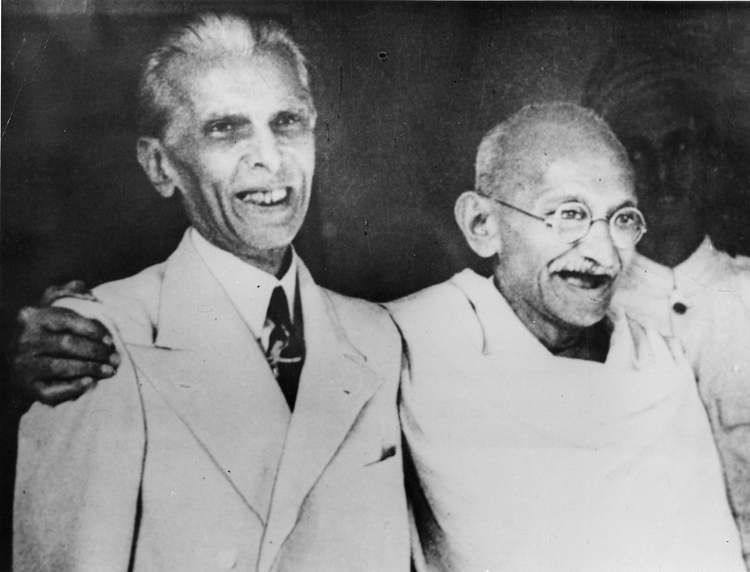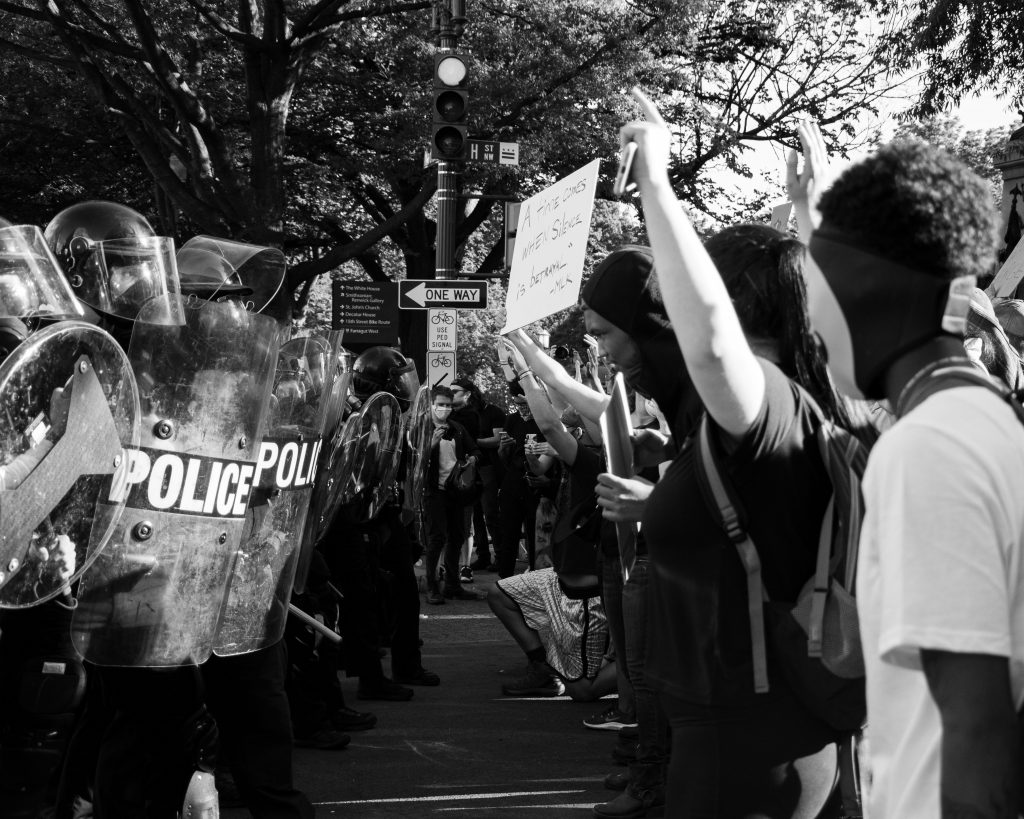One writer who caused an evolution of my thought is the fiery Nassim Nicholas Taleb. His brash yet precise style, swashbuckling smashing of intellectuals, and ancestral Mediterranean insights provided an alternative thought diet in a world that force-feeds the same message to me on television, social media, and amongst my friends here in a buffet of American coastal elites. From the jest of randomness, the beauty of black swans, the advancement of antifragility, and piercing skin in the game, Taleb created a dancing sequence of jabs and hooks to create a battle-hardened mentality to approach the world and knowledge.
One of the biggest yet most nuanced lessons I learned from Taleb was that of scale – how inputs yield outputs differently, depending on size and magnitude. An easy example of this common-sense concept is the difficulty in enforcing an exercise and diet regimen for oneself versus one’s entire family versus one’s entire community and so on. Trying to do good things is easier and possibly more effective in the long run when done on a smaller scale.
It’s one thing to change oneself on an individual level, another to create a visible shift in societies, and another to execute proper governance accounting for different groups along with the externalities and the headaches that come along with policies.
The Search for Truth
Satyagraha or the holding of truth paved the road in Mahatma Gandhi’s non-violent struggle for India’s independence. Inspired by the ahimsa of Hinduism and Jainism, Gandhi brought his own interpretation taking an ancient concept to new frontiers.
The principles of satyagraha:
- Nonviolence
- Truth
- Not stealing
- Non-possession (not the same as poverty)
- Body-labor or bread-labor
- Control of desires
- Fearlessness
- Equal respect for all religions
- Economic strategy such as boycott of imported goods (swadeshi)
Admirable qualities that built the legend of the Mahatma, the great soul. Selflessness at its apex captured the hearts of Indians across the subcontinent in a mass non-violent movement at such a scale that it has no parallels in world history before or since. While an individual taking on satyagraha is highly laudable, expanding it to society proved a double-edged sword.
With the British reeled from a cataclysmic World War at home and a cracking crown jewel in the Raj, their leaders eventually acquiesced to the rightful demands of an independent India. Truth had met victory in the eyes of the Mahatma’s disciples, but this satyagraha would now face a much older foe that had made its home in the subcontinent over centuries.

Naiveté crept into a population until it was maimed by the madness of a maniac with Muhammed Ali Jinnah’s call of “Direct Action” severing the dreams of Gandhi and millions of other Indians for a united India. What Gandhi and his ideological descendants, Gandhians, got wrong is how values apply at scale. Stunningly noble principles for individuals could not be forced upon a people who were facing a polar opposite ideology filled with aggressive malice and cultivated by despicable men to match.
“Hindus should never be angry against the Muslims even if the latter might make up their minds to undo even their existence.” —Mahatma Gandhi, Birla Mandir, New Delhi, on April 6, 1947; Partition Would Occur 4 Months Later
The beauty of satyagraha was smeared with the ugliness of Islamism and this duality incarnated by way of a bloody partition. An assassin would cite the suicidal idealism of Gandhi as the gunpowder to his fatal and fateful bullet that transformed a man into a martyr and Gandhi into a god. The last breath of Gandhi permeated throughout Indian politics since.
Forsaking looking at others’ faults and focusing on your own to improve are great actions on an individual level. Trying to apply this mentality at a large scale is impossible and can be disastrous. Gandhi’s goal to apply the kindness and tolerance that he practiced throughout his life at a larger level provides a testament to the dangers of this ruinously beautiful ideal.
Primus Inter Pares
While I may have been harsh on Gandhi, his satyagraha was a very inspirational movement that achieved its primary aim (with the help of several violently resisting Indians of course, too) and would echo in the minds of different generations and geographies. Its failures would only truly come to fore when reciprocity broke down as scale increased and satyagraha faced the sinister.
A communal concoction that had been boiling for centuries spilled over once again just as Gandhi tried to ease the concerns of an ambitious Jinnah and company who were decided in their choice to break India. What went so wrong here?
Good behavior scales badly. Bad behavior scales goodly.
An essential lesson to impart here is that the kindness that we should all so admire shouldn’t be extended frivolously in the world at large scales. Strive to be exceedingly kind to all the individuals in your life, but expect less of a return as familiarity decreases and quantity increases. The world of geopolitics and governance is witness to how might towers over magnanimity as scale maximizes. And it is here where we need to examine a powerful chapter across world history for the past several decades – social justice.

Social justice has yielded some of the greatest moments in politics as policies such as apartheid and segregation were thrown into the abyss, while reservations in India helped lower castes climb out of the abyss. Tangible benefits were born through simple and actionable policies and goals.
Today, however, social justice movements have been plagued by vague goals and a lack of dynamic leadership. Faceless protests descend into rioting at an alarming rate with politicians taking advantage of the chaos and righteous movements thwarted by themselves. No Gandhi’s, no Dr. King’s, no Mandela’s lead the wave of change today. The absence of these emissaries who create a dialogue between the masses and politicians means that when social justice is applied at scale, it descends into disarray with vultures disguised as politicians picking and prodding at a soon to be carcass of a movement. Justice has inherent danger when applied at scale and needs the right leaders and values to guide it properly.
On the flip side, there are also the potential horrors of hyper-local justice such as in the panchayat system of rural India, where a clan of elders decides the fate of the accused, sometimes with cruel and Hammurabi style punishments. We are seeing this hyper-local eye for an eye type justice now extrapolate to larger scales amongst many intelligentsia and political leaders, a notion that would lead to disastrous strife if the scale continues to ramp up.
Virtualism
Bruno Maçães, a prominent political analyst and now part-time philosopher, proposes that America is entering a period where fantasy supersedes reality. The digital world at your fingertips is shaped by the hand of technology. What you see and consume on your timeline is a lens with a distorted scale of the world. What is anecdote becomes amplified into annals as the speed of the extreme races past the mundane on the information superhighway.

Outrage oscillates the Overton Window wildly as technology’s reality distortion field melds our perception. This pendulum pushes our politics in an increasingly divisive direction as upstart politicians wield clout and clicks on social media steering agendas into fantastical territories that are disconnected from realities and history. Technology and social media have brought notions of the past closer to us than ever as rabid battles over who oppressed who pan out in the digital theatre of war.
Elite consensus is upended by guerrilla historians, sometimes erroneously but many times rightfully. These intellectual insurgents zoom out and in on specific instances to promote their perspective, occasionally out-of-context but every so often right on the money. The thin selection of stories published by establishments has given way to an explosion of untold chapters bypassing traditional media and academia, all with the help of technology.

However, this has directly lead to an exacerbation of the application of justice. Crimes of the past are scaled out to include those in the present. Justice morphs into its fraternal twin, revenge. Now, I don’t believe it’s right to silence the discussion of the horrors of the past as that is essential to reconciliation. However, this discussion must be joined with efforts to bring real justice – opportunity and truth – to those who have been oppressed and not extend the hatred of the past to the descendants of oppressors in the present. Funny enough, the answer to opportunity may lie in economics (whether welfare reform, access to capital, ease of business, tackling inequalities, etc…) rather than culture wars.
Today’s society values performatives over pragmatism. In the quest to fight historical injustices, we can’t ask for revenge that spirals into a wheel of fire. We should remember the great effort to organize mass non-violent movements such as satyagraha and civil rights in an era today where the embers of violence quickly follow the gasoline rhetoric of many of our politicians and “activists.” For only great men, great women, and great movements transcend the limits of scale and sculpt our tomorrow.